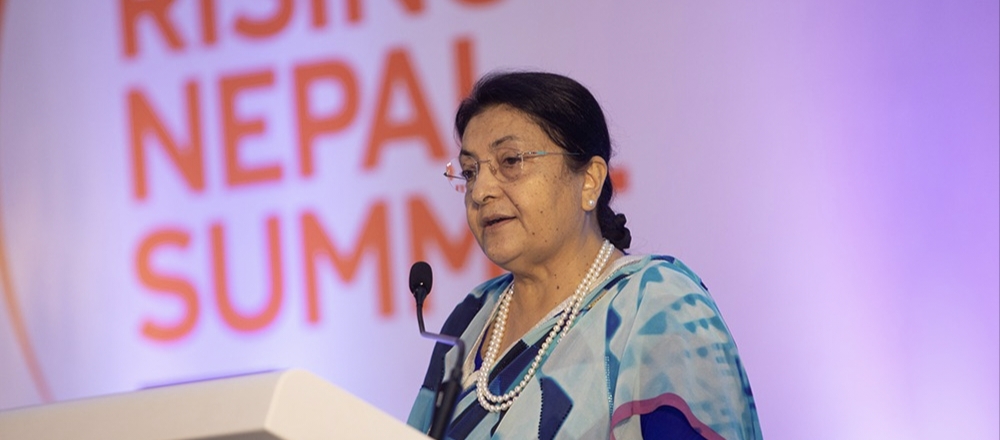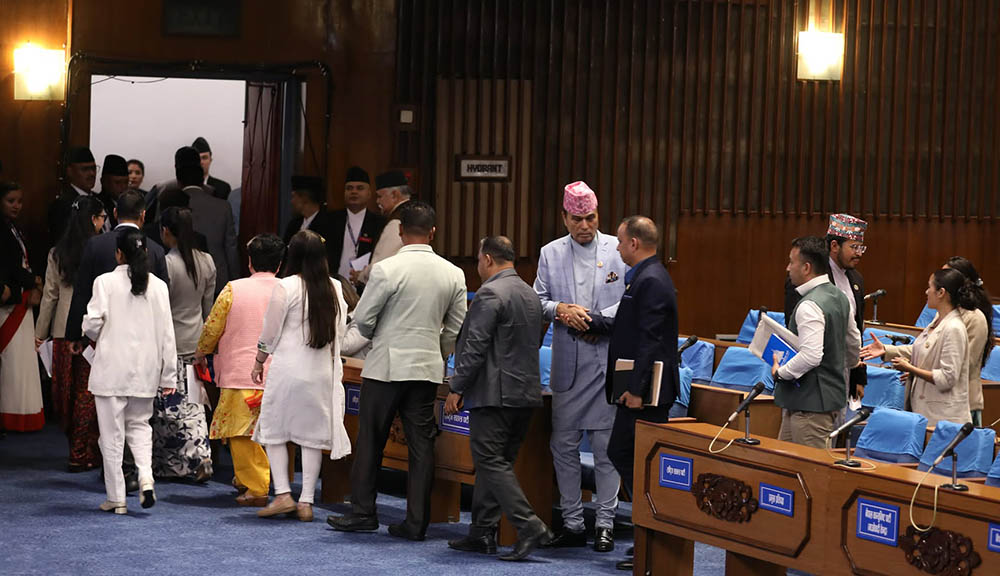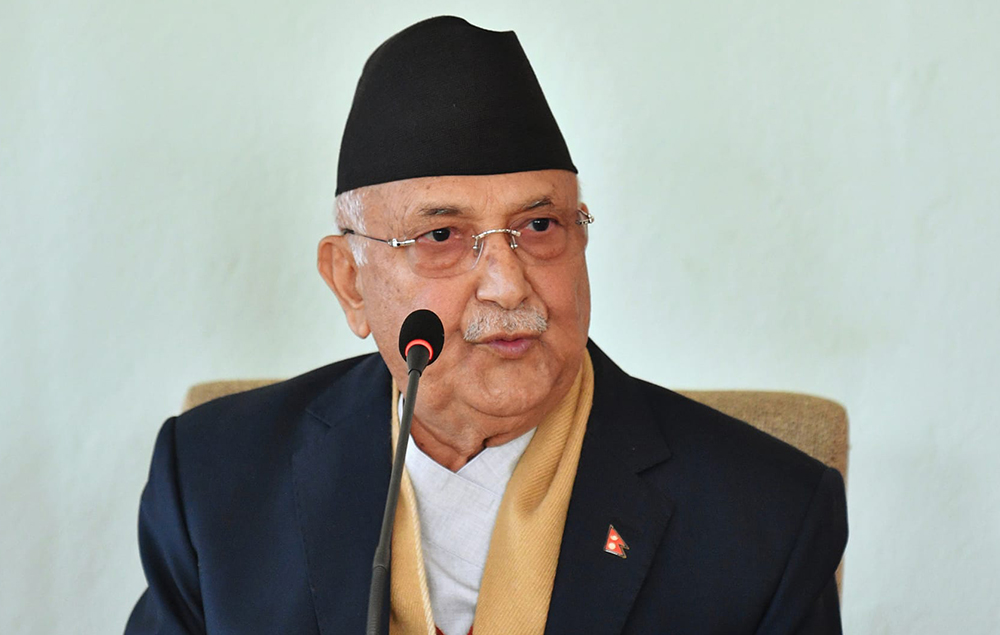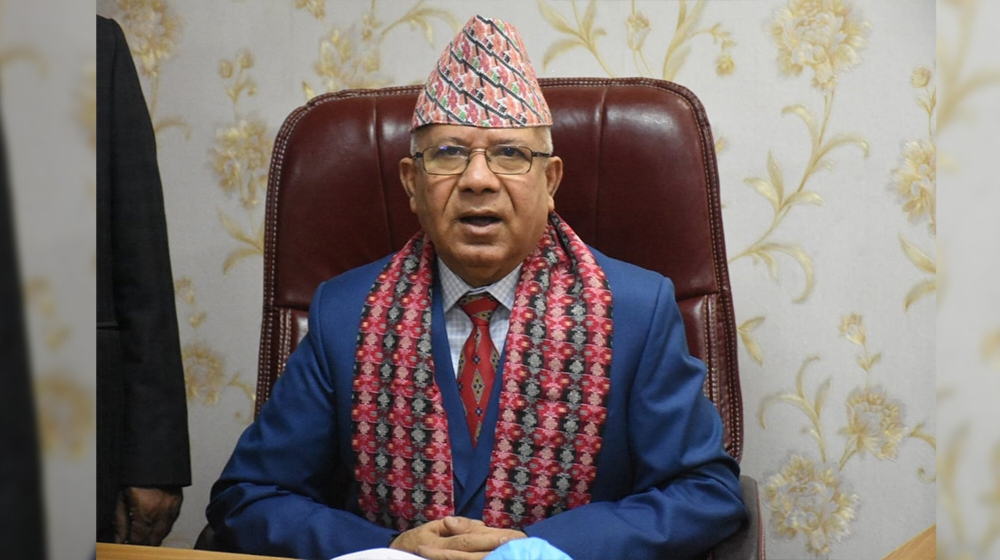
WASHINGTON DC, US President Donald Trump has decided to delay the implementation of higher tariffs on U.S. imports but has issued formal notices to 14 countries—including Japan and South Korea—outlining the trade duties they could soon face.
This move comes as a 90-day pause on some of the administration’s harshest tariffs was about to expire. Trump reiterated his threat of imposing a 25% duty on imports from Japan and South Korea and issued a series of letters to foreign leaders stating that new tariffs would take effect from August 1, according to BBC.
The higher tariffs were initially scheduled to begin on July 9, but had been temporarily suspended while U.S. officials explored potential trade agreements. When asked whether the August date was final, Trump responded, “I would say firm, but not 100% firm,” adding that he was open to discussions if other countries proposed alternative approaches.
Adam Ahmad Samdin, an economist at Oxford Economics, told the BBC the extension was expected, noting that trade deals typically require years to negotiate. He added that while Vietnam had become only the second country after the UK to reach an agreement with the U.S., the deal was more of a general framework aimed at speeding up talks, not a comprehensive trade pact. Also on Monday, Trump posted letters on social media addressed to the leaders of 14 nations, informing them of the impending tariffs. He noted that the rates could still change—either increased or decreased—depending on each country’s relationship with the U.S.
Most of the new tariffs are in line with those Trump proposed in April during his “Liberation Day” announcement, when he first warned of widespread import taxes. According to Vasu Menon, an investment strategist at OCBC Bank, Trump’s latest actions indicate he may be using tariffs as a bargaining chip rather than committing to concrete measures. “This gives investors some reassurance that talks may still be possible,” he said.
Trump defends the tariffs as a way to shield American industries from foreign competition and stimulate U.S. manufacturing and job creation. However, economists warn the duties will increase consumer prices and restrict international trade.
On Monday, the major U.S. stock indexes dipped slightly, and Toyota’s U.S.-listed shares fell by 4%.
Japan was the fifth-largest exporter to the U.S. last year, shipping over $148 billion worth of goods, following the EU, Mexico, China, and Canada. South Korea also ranked among the top 10. In addition to Japan and South Korea, the U.S. has proposed the following tariffs: 40% on imports from Myanmar and Laos, 36% on Thailand and Cambodia, 35% on Serbia and Bangladesh, 32% on Indonesia, 30% on South Africa, and 25% on Malaysia and Tunisia.
Sudina Shrestha
प्रकाशित: २४ असार २०८२, मंगलवार १९:०२
२०८२ साउन १० गते शनिबार: आजको राशिफल

Rising Nepal Summit 2025 : Paving the Path for Investment and Growth

द हिडन ट्रेजर्स मिस नेपाल २०२५को स्यास समारोह पुलचोकस्थित ‘द प्लाजा’ मा भव्य रूपमा सम्पन्न

भिजिट भिसा प्रकरण रास्वपा र राप्रपाको आजपनि संसद बहिष्कार

एक महिनासम्म मनाईने ‘गुँला पर्व’ आजदेखि

प्रधानमन्त्री ओली आज महोत्तरी र बारा जाँदै





